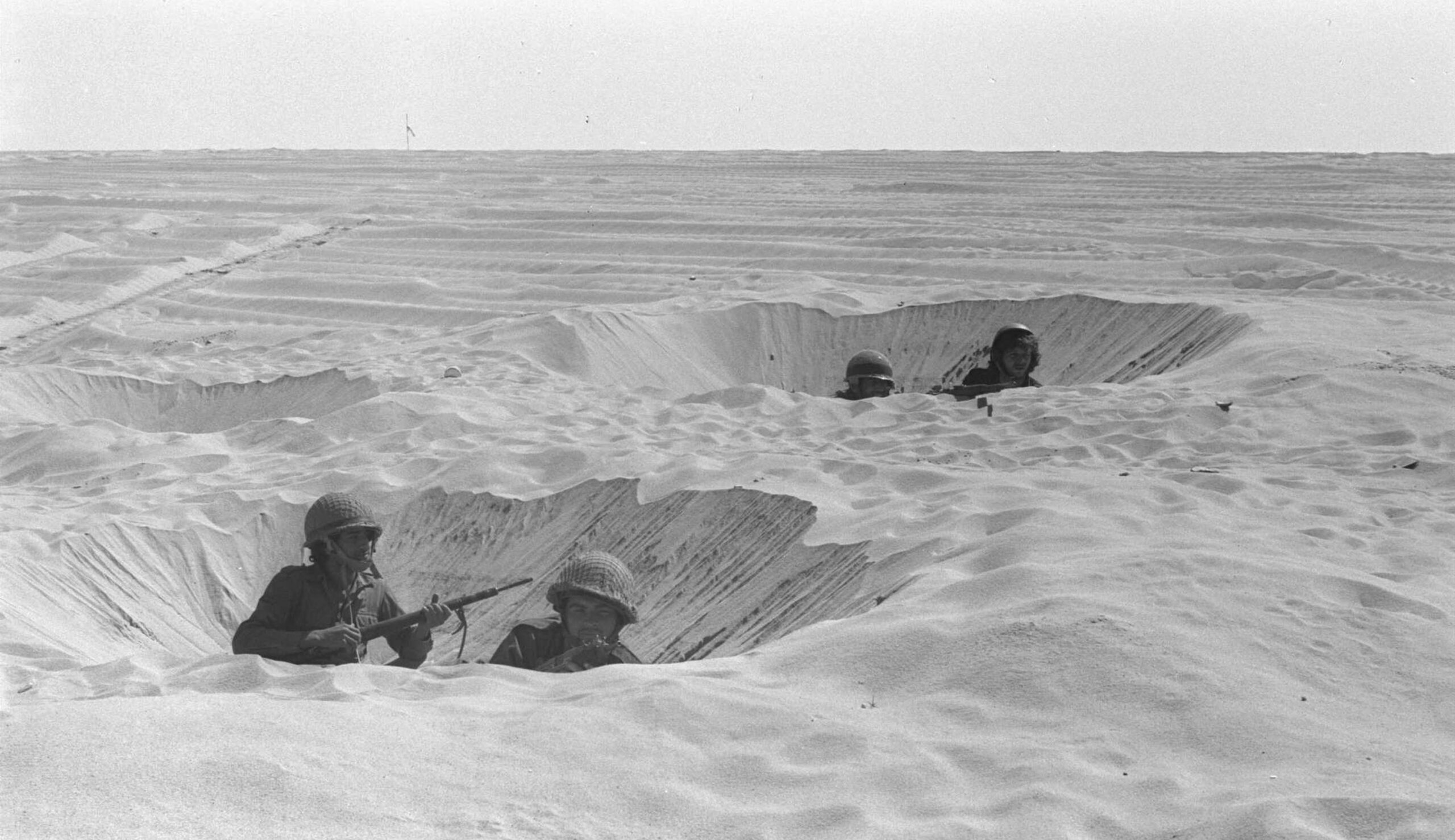On July 8, notices circulated in Israeli ḥaredi communities warning that it was both dangerous and forbidden by halakhah to drink water between the hours of 2:00 and 3:00 PM. Natan Slifkin explains:
[The announcements] caught a lot of people by surprise. The reason given was even more surprising: that this hour is the transition point of the summer solstice, which, together with the winter solstice and the equinoxes, divides the year into four quarters. As such, it is a time when the angels change shifts, and while there is nobody on duty [between the end of one shift and the beginning of the next], the Angel of Death can poison the water.
Before you rush to dismiss this out of hand, you should also be aware that while this is not mentioned in the Talmud, it is mentioned by no less an authority than Rabbi Moses Isserles [a 16th-century Polish rabbi whose rulings are traditionally regarded as authoritative for Ashkenazi Jews], who notes that this is a “basic” custom that is a tradition from many great authorities. . . .
[But] this is a practice that pretty much nobody has cared about, or known about, for hundreds of years, [even within ultra-Orthodox communities]. . . . People who are resurrecting the prohibition against drinking water during the solstice are not actually afraid that it is dangerous. . . . These people just want to do what they think makes them [pious].
Read more at Rationalist Judaism
More about: Angels, Halakhah, Religion & Holidays, Superstition, Ultra-Orthodox


